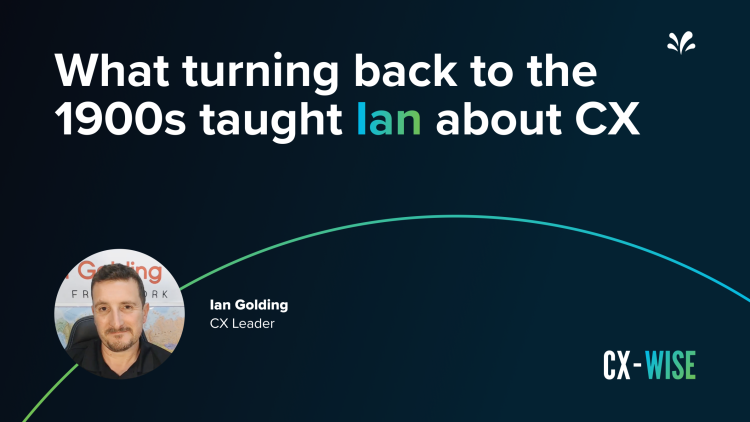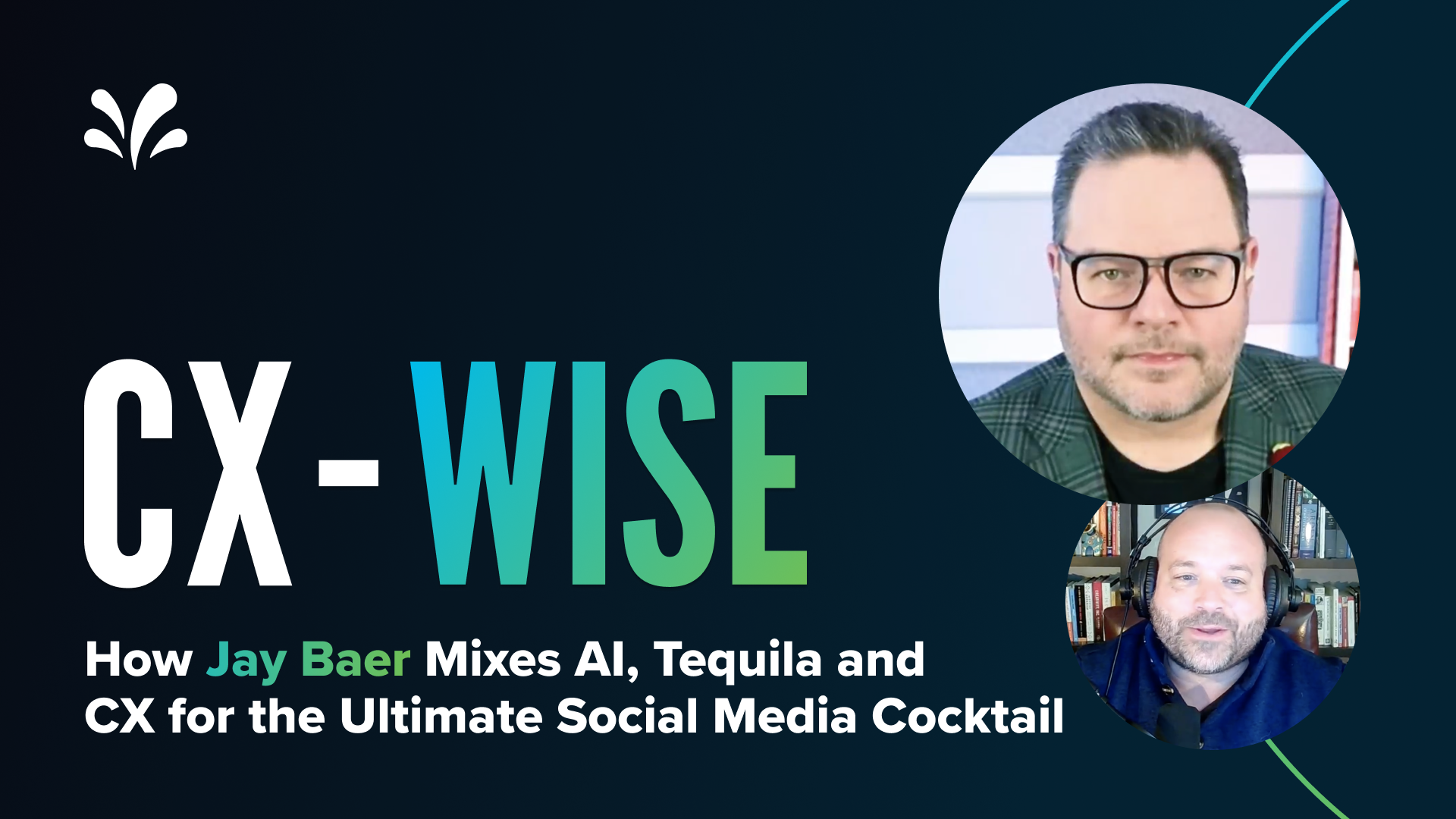If your company was a newborn startup, just taking its first steps into the world today, what would it look like?
Would you market in the same way? Sell in the same way? Provide customer service in the same way?
I spend time with Fortune 500 executives every day, and in boardrooms around the world the answer is the same: “I would rethink everything.”
Does that seem strange to you? We are in an age of unprecedented corporate profitably. The Dow Jones is higher than it’s ever been. Companies appear to be thriving.
If things are going well, why are executives so ready for change?
The answer is simple and practically universal: “My customer has changed, but my business hasn’t.”
In order for enterprise brands to succeed in the new age of social, they need to put customers first and deliver remarkable customer experiences at every touchpoint.
The second installment of our Journal of Customer Experience, launched today, brings business thought leaders together to share their visions for the future of marketing and customer experience management. The Journal includes practical advice, bold predictions, original research, and valuable data about how social is transforming business, with the goal of giving your C-Suite the information it needs to succeed in the era of the empowered customer.
How Business Leaders Think About Customer Experience Management
The shift in customer behavior has changed consumer expectations in a big way. Hyper-informed and connected customers expect to do business with hyper-informed and connected organizations.
And they expect the quality of their experiences with brands to reflect the world we now live in. In fact, according to Gartner, in just a few years 89% of businesses will compete mainly on the quality of their customer experience.
“As a brand, your image is the sum total of the experiences a customer has with your company.” — Dave Fleet, Senior Vice President, Edelman Digital
In this edition of the Journal over 17 contributors from big brands and top agencies provide a behind-the-scenes look at how they dismantle internal silos for better cross-departmental communication, how they embody what it means to be a social business, and how they manage customers’ experience of the brand at every touchpoint.
For example, New York Life explains how they confront the challenge of creating brand awareness within an industry that is not typically top-of-mind for consumers – they focus their social strategy on building positive emotional connections with consumers through educational content. Meanwhile Nasdaq reveals the steps its taking to become a truly social business, including encouraging all of their business units to leverage social (their internal adoption used to be at 25%, and it’s quickly rising).
“Be your customer. Literally. Watch their favorite shows. Use their favorite apps. Spend time offline doing what they talk about online. Join their favorite Pinterest boards. Watch their favorite shows. Use their hashtags.” — Rick Wion, Co-Founder, Manifest Digital and former Director of Social Media, McDonald’s
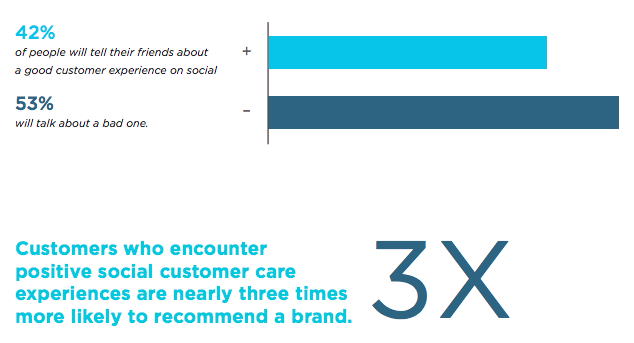
Social by the Numbers
With the constant emergence of new trends and channels, the social media space evolves at a lightning pace. Brands that stay on top of which networks their customers are using and what kinds of content they are gravitating towards are more likely to come out on top.
The Journal compiles up-to-date social stats all brands need to know about, including which social channels consumers are spending the most time on, mobile ad spending data, and more.
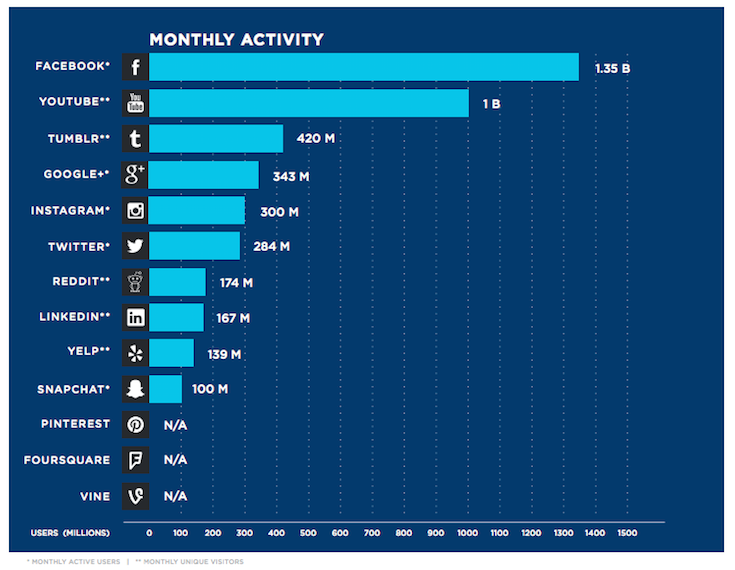
“A successful social profile is one that acts like a person would, reacting to events as they unfold.” — Dipayan Gupta, Head of Social Media Marketing and Strategy, New York Life
Brand Health Analytics
Innovative brands understand what creates a great social experience for the customer and work to facilitate powerful brand-consumer relationships through their social channels on a daily basis. Follower count and page likes aren’t necessarily indicative of a brand’s impact on social – we need to look at the complete picture, including amplification, engagement and awareness, in order to understand which organizations are actually connecting with their audience and using social to create better customer experiences.
That’s why we’ve created Brand Health Analytics, which ranks the social presence of brands across major industries, including Alcohol, Automotive, Consumer Electronics, Fashion, Luxury Hospitality, and Retail.
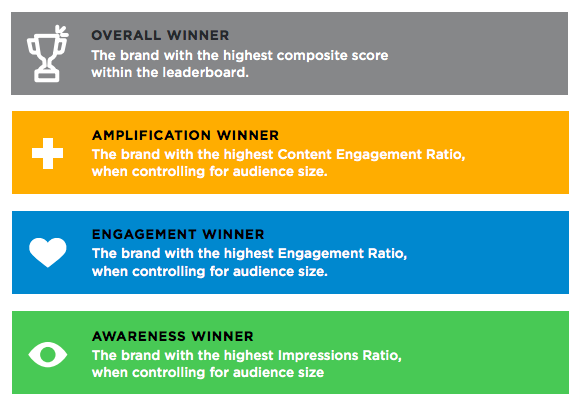
“To us, the choice to embrace social as a new technology is clear. We are no longer merely ‘doing social’ – we are becoming a truly social organization.” — Russ Rubino, Vice President Global Marketing, Nasdaq
Get the Journal of Customer Experience
The Journal is a testament to a group of visionary leaders who recognize the importance of managing customer experience and are transforming their organizations to thrive in this new landscape. Remarkable business leaders are thinking like startup CEOs, re-examining every assumption, and learning how to make customers fall in love with their brand all over again.
Welcome to the age of the customer.


